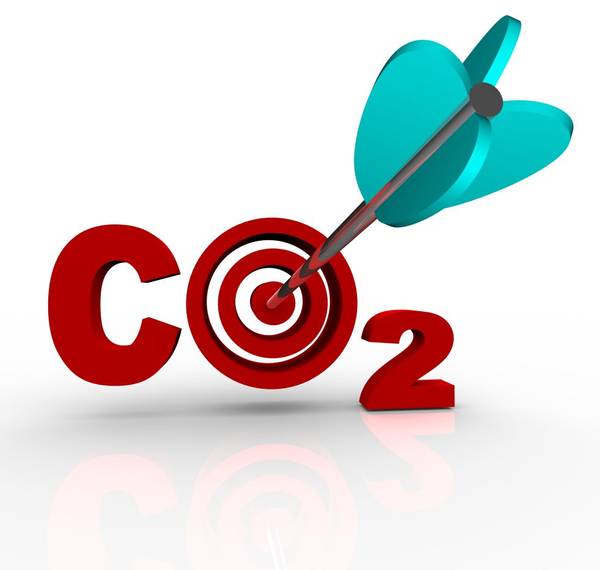
A group of the world's top oil companies, including Saudi Aramco, China's CNPC, and Exxon Mobil, have for the first time set goals to cut their greenhouse gas emissions as a proportion of output, as pressure on the sector's climate stance grows.
But the target, set by the 12 members of the Oil and Gas Climate Initiative (OGCI), means absolute emissions can rise as production increases.
It is eclipsed by more ambitious plans set individually by the consortium's European members, including Royal Dutch Shell, BP, and Total.
"It is a significant milestone, it is not the end of the work, it is a near term target ... and we'll keep calibrating as we go forward," OGCI Chairman and former BP CEO Bob Dudley told Reuters.
The OGCI members agreed to reduce the average carbon intensity of their aggregated upstream oil and gas operations to between 20 kg and 21 kg of CO2 equivalent per barrel of oil equivalent (CO2e/boe) by 2025, from a collective baseline of 23 kg CO2e/boe in 2017, the OGCI said in a statement.
The OGCI includes BP, Chevron, CNPC, Eni, Equinor, Exxon, Occidental Petroleum, Petrobras, Repsol, Saudi Aramco, Shell, and Total, which together account for over 30% of the world's oil and gas production.
The members agreed on a common methodology to calculate carbon intensity and the targets could be extended to other sectors, such as liquefied natural gas and refining in the future, Dudley said.
London-based environmental thinktank Carbon Tracker dismissed the OGCI's claim the targets were in line with the 2015 U.N.-backed Paris agreement to limit global warming by the end of the century.
"Having some targets to reduce carbon pollution is better than none," Carbon Tracker's head of oil, gas and coal Andrew Grant said in a statement.
But "the (oil and gas) industry can never consider itself 'aligned' with the Paris goals when business plans assume steady investment in fossil fuel production on a planet with absolute limits".
The announcement marks an important change for Exxon, the largest U.S. oil company, which has resisted investor pressure to improve the disclosure of its environmental impact. It has not yet reported its carbon emissions for 2019.
Exxon supports the OGCI targets to decrease the carbon intensity of energy production and is "part of the industry's efforts to take practical, meaningful steps to reduce emissions," a spokesman said.
The targets set by different companies can vary widely in scope and definition, making comparison difficult.
Some members of the OGCI already exceed or plan to overshoot the joint target.
For example, Saudi Aramco, the world's top oil exporter, had an upstream carbon intensity of 10.1kg CO2e/boe in 2019, its annual report showed.
Norway's Equinor aims to reduce its CO2 intensity to below 8kg/boe by 2025. It has said the global industry average is 18 kg CO2e/boe.
OGCI said the group's collective carbon intensity would be reported annually, with data reviewed by EY, as an independent third party.
The target includes reductions in methane emissions, a potent greenhouse gas, which the group had previously committed to cut.
(Reporting by Ron Bousso; additional reporting by Shadia Nasralla; Editing by Mark Potter and Barbara Lewis)